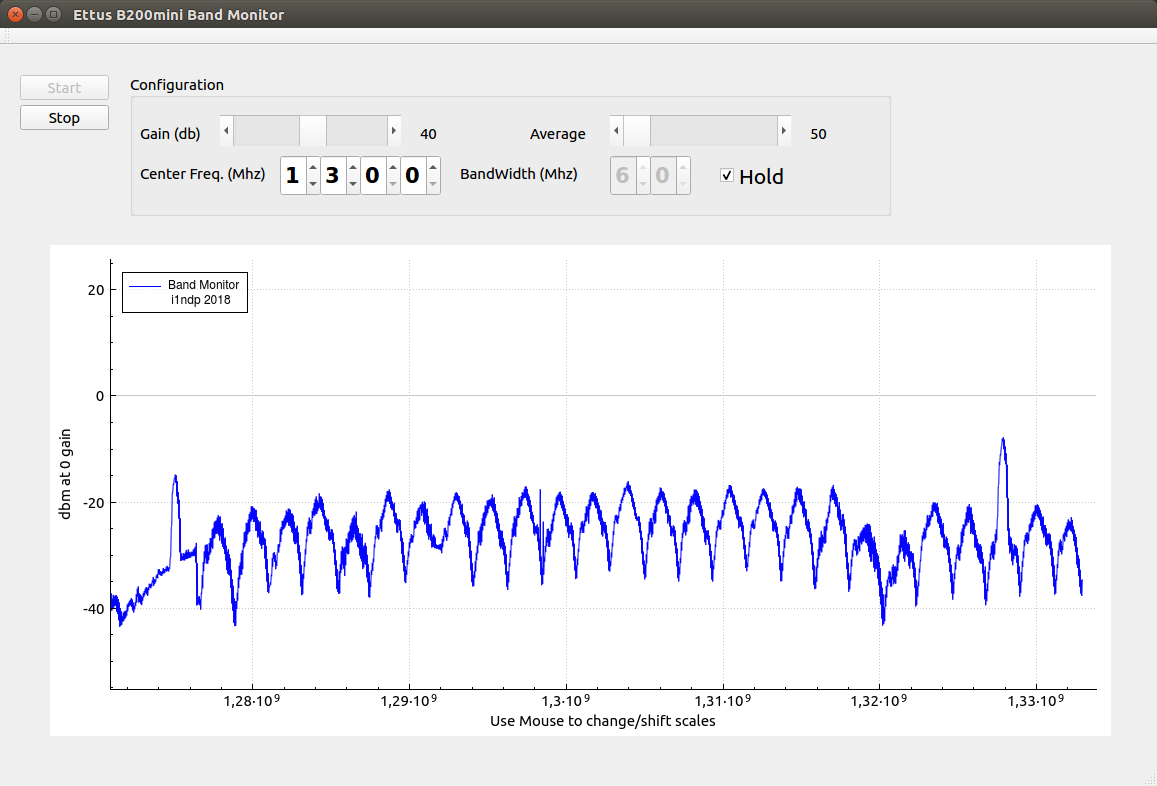
After a very gratifying period in hunting for pulsar signals got
stuck,
partially due to exhausting the list of pulsars
detectable by my setup and partially because the increasing level of
RFI on 23cm.
It was a not a viable solution for me
A more feasible target, the sensitivity in detecting pulsar is
proportional to the square root of the received bandwidth.
To
have a substantial advantage and justify the effort for a 1 to 2 gain
ratio i had to pass from 10Mhz (AirSpy) to at least 40Mhz.
The first candidate was to use the RedPitaya SDR:
Red
Pitaya
RedPitaya has 2 16 bits fast ADC and DAC, a very valuable board
with a tehoretical capability of 100Mhz I/Q data.
collection.
Unfortunately the flow of samples had to go through
the internal CPU (900Mhz dual core) not fast enough.
The Red
Pitaya is certainly very good choice for making an HF SDR transceiver
at a very reasonable price but not covering my expectation.
Ettus Research, a company producing professional grade SDR were
offering a sort of downgraded spinoff with the B200 mini product.
Downgraded simply because smaller than the rest of the production
and at an effordable price for an amateur application (not cheap
though).
The specifications can be found here:
B200
mini
Apparently compatible with the original goal.
It took a
while before being able to have 56Mhz of data rate correctly
received, properly transformed and finally recorded on disk.
The
software implementation (B200_System)is all done on a Linux machine
and , as a backward compatibility but also as a cheaper option for
anyone interested,
includes the handling of the AirSpy fully compatible with the rest of the system.
Still a draft document but available here:
B200_System
Documentation
Already tested and working, available ,for now, on request to
anyone interested.
Unfortunately RFI was continuosly growing on 23cm and so far
and
even if i had some interesting result much better if compared with
10Mhz bandwidth
i could not move any further from the previous 23
pulsar detection.
The following picture gives an easy
explanation:

The screen shot was taken in a 60Mhz wide window centered at
1300Mh.
With th hold feature it took less than one hour to have
the whole band saturated by the strogest signal which was
,apparently, randomly hopping from one to another channel.
It was
not the only signal,of the same type; on the band but the strongest
was covering the other.
Each signal is 2 Mhz wide and lasts for
microseconds but with repetition every couple of seconds.
The
source is unknwon but is seems coming from the sky (signals are
stronger with the antenna elevated) and not limited to my location.
The more credible hipothesys is of air traffic control of
military origin in the Mediterranean area.
The activity is always
present but with a variable level.
A check outside the above limits shows the same band occupation spanning from about 1225Mhz to more than 1400Mhz.